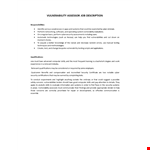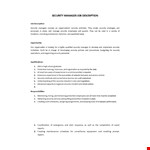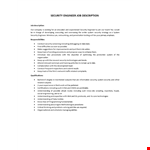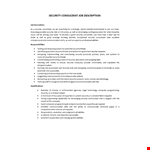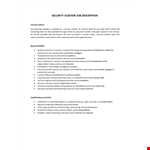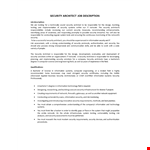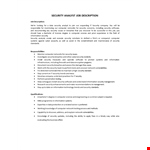In today's rapidly evolving digital landscape, organizations across industries are prioritizing cybersecurity to protect their sensitive data and systems from potential threats. As part of their cybersecurity strategy, companies often rely on professionals like security architects to design and implement robust security solutions.
A security architect plays a critical role in safeguarding an organization's digital assets by developing and maintaining security architectures, policies, and procedures. They work closely with various stakeholders, including IT teams, managers, and executives, to understand business objectives and requirements, and then design security solutions that align with these goals.
Security administrators, security analysts, security auditors, security consultants, cyber security analysts, and information security analysts are all roles that can intersect or overlap with the responsibilities of a security architect. These professionals bring their expertise in specific areas of security to support the overall security strategy and implementation.
A security administrator typically focuses on managing and monitoring security systems, such as firewalls, intrusion detection systems, and access controls. Security analysts evaluate security risks and vulnerabilities, conduct incident response, and perform security assessments. Security auditors assess the effectiveness of an organization's security controls and procedures. Security consultants provide expert guidance and recommendations on improving security practices. Cyber security analysts specialize in identifying and mitigating cyber threats. Information security analysts are responsible for protecting digital information assets.
By combining the expertise of different security professionals, organizations can build a comprehensive and robust security architecture that addresses diverse security challenges.
As the digital landscape continues to evolve, the role of a security architect remains crucial in protecting organizations from ever-changing cyber threats and ensuring the confidentiality, integrity, and availability of their data.
